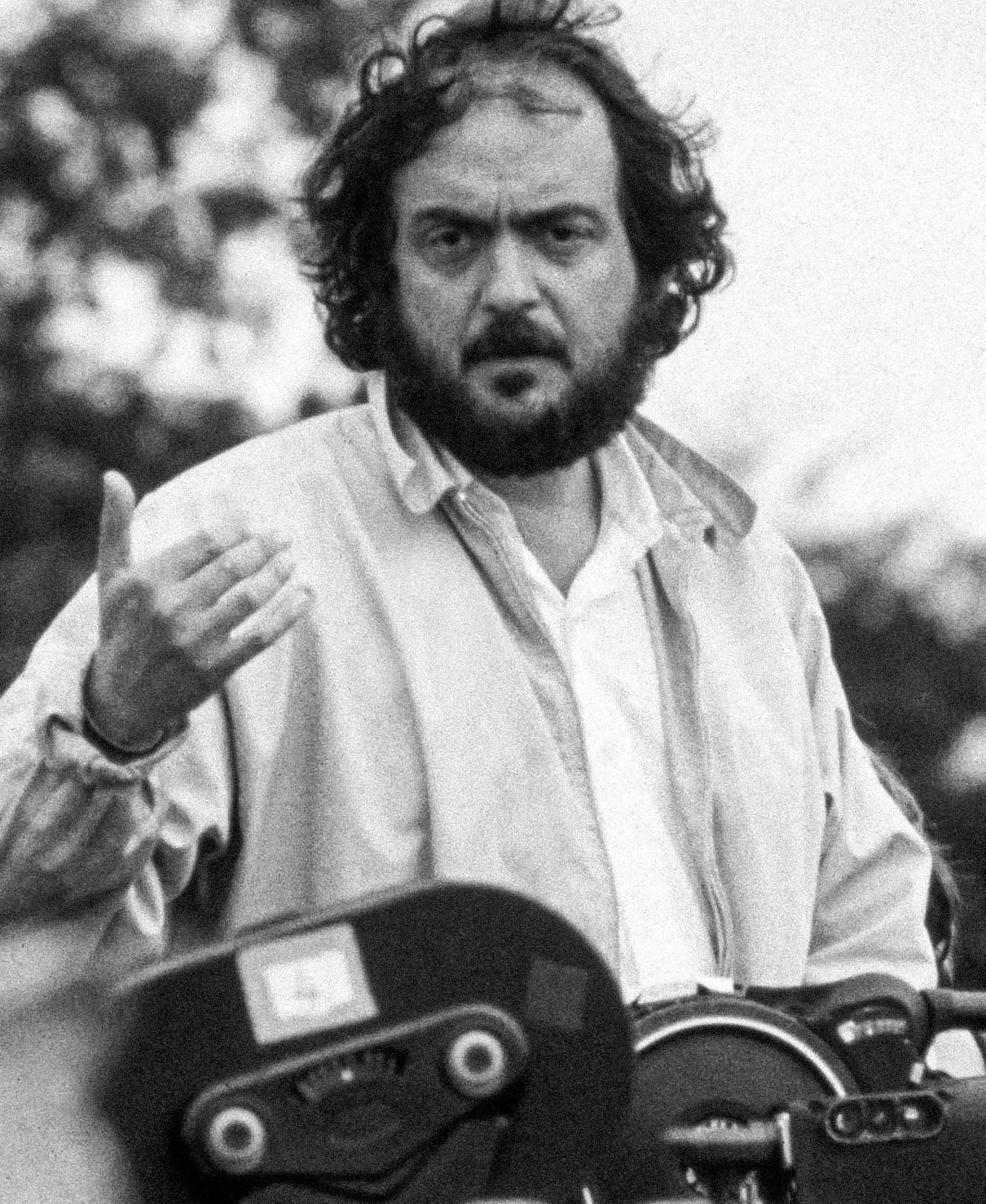Stanley Kubrick: A Cinematic Visionary
Stanley Kubrick is a name that resonates deeply within the realm of cinema. Known for his unique storytelling, meticulous attention to detail, and innovative filmmaking techniques, Kubrick has left an indelible mark on the film industry. His films continue to generate discussions and analyses, making him a topic of intrigue for film enthusiasts and scholars alike.
This blog post delves into the life and work of Stanley Kubrick, exploring the elements that contributed to his reputation as a cinematic genius and how his works continue to inspire filmmakers today. For more detailed information about Kubrick, you can refer to this comprehensive Wikipedia article.
A Biography of Stanley Kubrick
Stanley Kubrick was born on July 26, 1928, in the Bronx, New York. His journey into filmmaking began at an early age, and he swiftly transitioned from photography to directing short films. After directing a few documentaries and then his first feature film, “Fear and Desire,” Kubrick’s career swiftly escalated.
His breakthrough came with “Spartacus” (1960), a historical epic that not only showcased his directorial flair but also solidified his status in Hollywood. But it was in the following years that he created some of the most iconic films, such as “Dr. Strangelove or: How I Learned to Stop Worrying and Love the Bomb” (1964), “2001: A Space Odyssey” (1968), and “A Clockwork Orange” (1971).
The Signature Style of Kubrick’s Filmography
Kubrick’s films are united by several hallmark characteristics: a visual storytelling approach, innovative camera techniques, and a willingness to tackle complex themes. He was known for his perfectionism, often requiring multiple takes of a single scene to achieve the desired performance and effect.
His groundbreaking work in “2001: A Space Odyssey” revolutionized science fiction films and introduced advanced visual effects that had never been seen before. The film’s non-linear narrative structure, coupled with its deep philosophical questions about humanity and existence, continues to be a topic of analysis and discussion.
Kubrick’s Bold Themes
One of the defining features of Kubrick’s work is his exploration of human nature and darker themes. Films like “A Clockwork Orange” and “The Shining” delve into the complexities of violence, free will, and insanity. Kubrick didn’t shy away from controversial subjects, which added layers of depth to his storytelling.
His ability to weave unsettling narratives with compelling characters made his films not only entertaining but thought-provoking. Audiences are invited to ponder the moral implications of actions and the nature of society itself as they traverse the dark corridors of Kubrick’s imagination.
Cinematic Techniques and Innovations
Kubrick was not just a director; he was also a pioneer of cinematic techniques. One of his most notable contributions to filmmaking was the use of natural lighting, particularly in “Barry Lyndon” (1975). He famously used candlelight for several scenes, creating a unique aesthetic that had rarely been seen in film prior to this.
Additionally, his meticulous framing and composition often resemble works of art, leading to comparisons of his films to paintings in galleries. This disciplined approach to the visual elements of cinema enhanced the storytelling and compelled viewers to engage more thoughtfully with the narratives presented.
The Influence of Stanley Kubrick on Future Generations
The impact of Kubrick’s work is profound and reaches far beyond the era in which he was active. Contemporary filmmakers often cite him as a major influence on their work. From directors like Steven Spielberg to Christopher Nolan, Kubrick’s legacy is evident in the storytelling and aesthetic choices made by many modern filmmakers.
Kubrick challenged filmmakers to push the boundaries of their craft and to explore deeper meanings and themes in their narratives. His films retain their relevance as they provoke thought and inspire critical analysis, solidifying his place in cinematic history.
Conclusion
Stanley Kubrick’s contribution to cinema is unparalleled. As a director who consistently transcended traditional storytelling, he has paved the way for future filmmakers to explore complex narratives and innovate cinematic techniques. His works remain timeless and continue to resonate with both new and seasoned audiences, ensuring that his status as a cinematic legend endures.
For those seeking to understand the intricacies of film, examining the career and works of Stanley Kubrick provides invaluable insight into the art of filmmaking. His films are not merely to be watched but to be analyzed, discussed, and appreciated for their contributions to our understanding of cinema and humanity.








